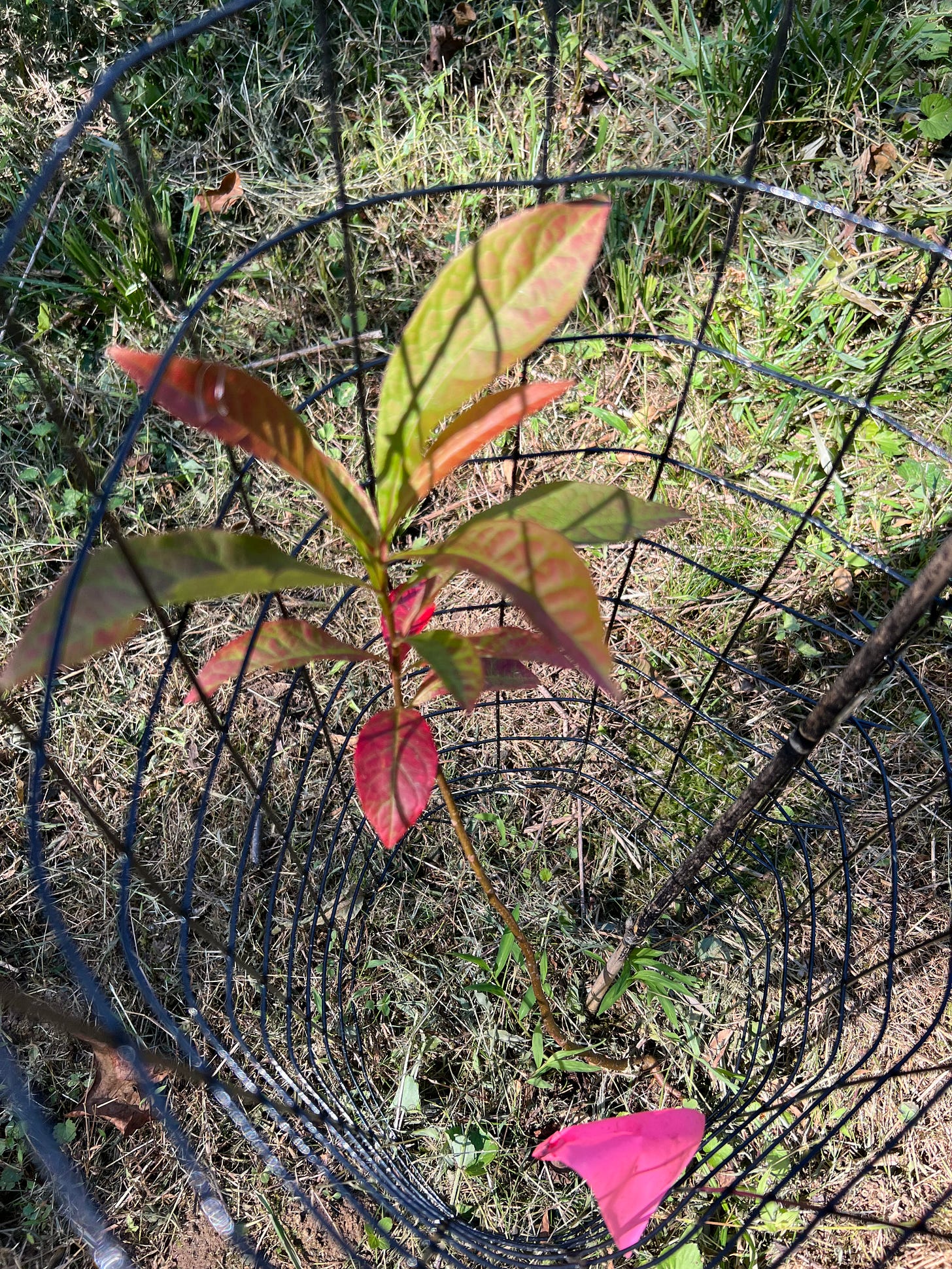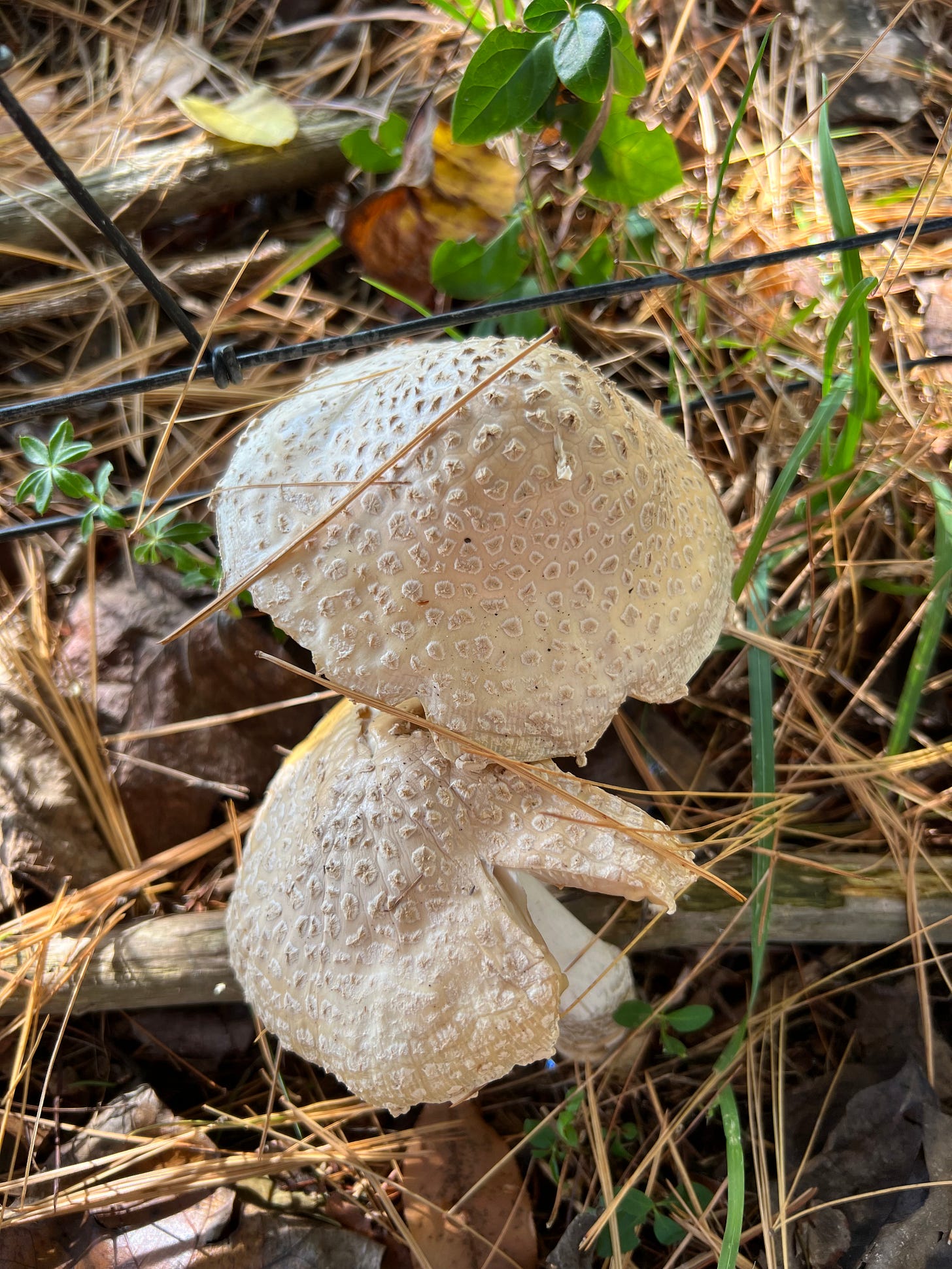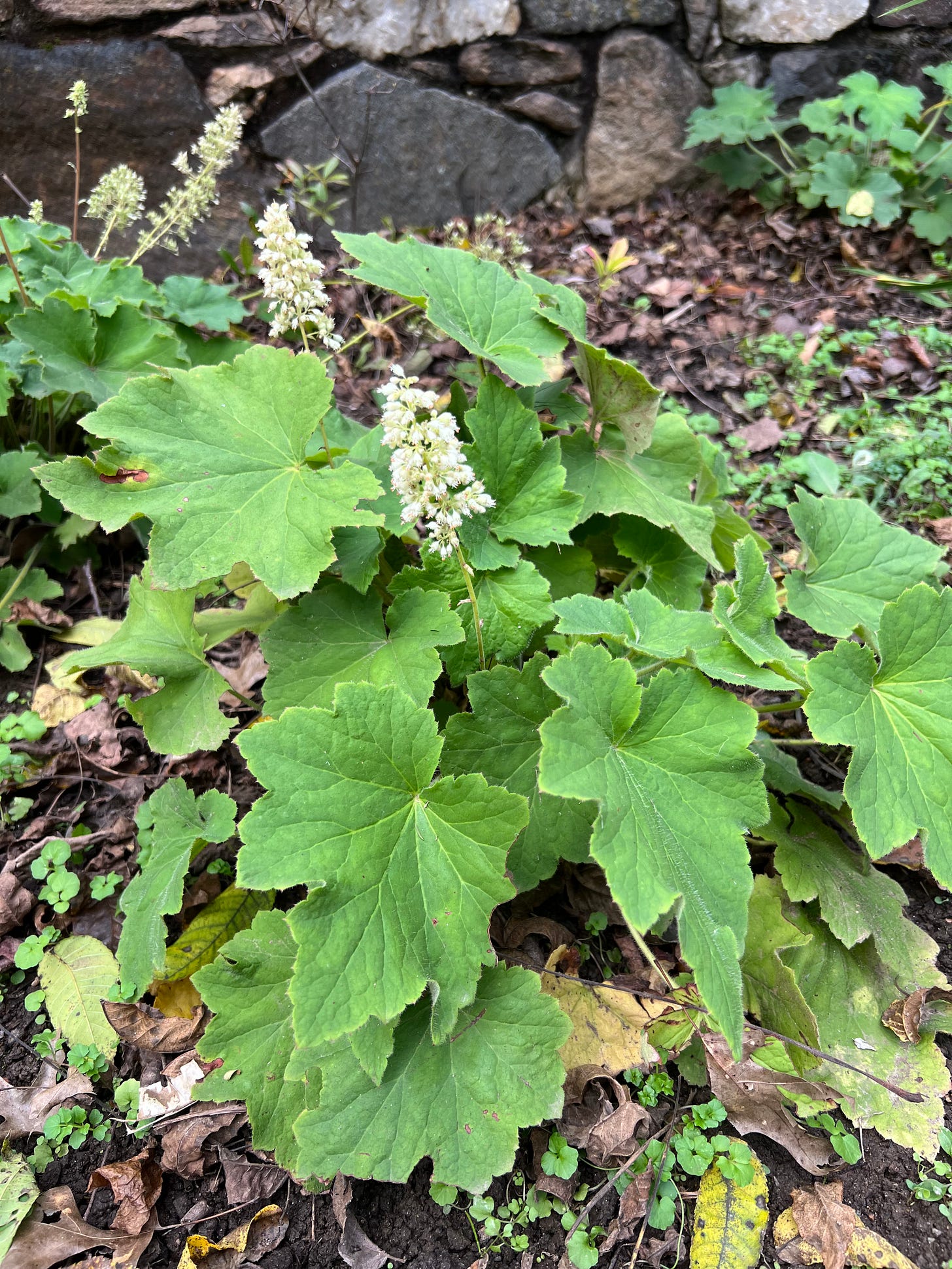I’ve been fighting the noxious invasive plant known as multiflora rose (Rosa multiflora) as long as I’ve owned property.
When we moved to Bedford Hills, NY, from Brooklyn in the late eighties, we faced mature trees draped in multiflora rose and Asiatic bittersweet vines. In one case, both of these had grown for so long atop an old apple tree in a field that their girth competed with the apple’s trunk in size. I took my chainsaw and loppers to them, and when they dried out I spent many weekends hauling them down one piece at a time. I learned then that multiflora rose can exact revenge from beyond the proverbial grave. More than once I trudged back into the house bloodied from sharp, persistent thorns on dry canes.
Among its many invasive attributes, multiflora rose has the ability to grow as a shrub and as a vine. Consequently, its canes develop whip-like characteristics, leading them to snap their barbed stems into your face when tugged. One should wear gloves, of course, but at times I’ve wondered whether a hockey goalie’s mask would be as useful.
This plant, originally from Asia, came to North America as root stock for ornamental roses in 1866 and, as the saying goes, escaped cultivation. As there were thriving commercial rose growers in a nearby town in the nineteenth century, I imagine it has been tormenting residents of our area for 150 years now.
An article written for the Ecological Landscape Alliance lists more than a few invasive traits that this plant manifests:
“High seed production and good seed viability.” Individual plants can produce up to half a million seeds per year, and seeds remain viable in the environment for as long as twenty years under some conditions.
Edible berries. Birds and other berry-feeding animals disperse the seeds far and wide. Seeds that fall close to the parent plant contribute to its ability to grow in thickets.
Monoecious breeding. The flowers have both male and female reproductive parts, so even a single plant can produce viable seeds.
Vegetative reproduction. When stems are cut or broken, the plant produces more shoots. Canes can also sprout roots if they rest on the ground long enough.
Absence of predators. “There are virtually no effective predators feeding on or killing this plant.”
Advantageous leaf timing. Like many invasives, multiflora rose leafs out earlier and holds its leaves longer than the natives with which it shares an ecosystem. Especially once it forms thickets, this gives it the ability to shade out competition.
Sunlight agnosticism. Multiflora rose grows in sun or shade, although in my experience it does not flower without some sun.
In addition to its competitive advantages, the inedible leaf litter of multiflora rose negatively impacts aquatic macroinvertebrate communities—in particular, sensitive wetlands due to its propensity to thrive in riparian areas. (I have seen it growing partially submerged on pond shores.) Like many aggressive vines, it can also overtop native shrubs and small trees.
I’ve heard that multiflora rose can be pulled up by hand when young, though I’ve never tried this. It can also be dug up, of course, but this is not a practical course with a property the size of Puddock Hill. Therefore, I resort to mower and string trimmer.
We brush hog our meadows in early spring and string trim most of the year where we see invasives. (Sometimes, if the invasives are too thick, we choose to mow for an extended period.) Unfortunately, in the lushness of summer, many individual invasive plants grow unnoticed and/or unchecked, but I always try to use an invasive’s proclivities against it. This time of year, as other plants lose their leaves and their erectness, the wiry canes of multiflora rose stand out. If we badly missed a plant, the base may be woody, but the new growth will be green. Younger plants will be all green.
In other words, they call attention to themselves, which makes them an easy target. In the next week or so, I plan especially to walk the often neglected walnut woods and wet woods in a checkerboard pattern. The string trimmer won’t kill the plants at this juncture, but they’ll waste a lot of built-up carbohydrates next spring just to catch up to where they finished in fall. If I’m more attentive, I can knock the plants back a few more times next year. Killing them would be great, of course, but I’ll settle for preventing them from flowering and thereby setting fruit.
Don’t talk to me about the twenty-year seed bank. I already know I’ll be fighting this invader for the rest of my days.
We received a rare Franklin tree (Franklinia) sapling (really just a sprig) last fall, and I planted it at the edge of the meadow by the path into the big pond woods. It survived so far and grew to see its first fall at Puddock Hill:
Fall color on a young red oak between the barn meadow and the wet woods:
When I was out patching fences, I came across these American abrupt-bulbed amanita mushrooms (Amanita abrupta) (I think) growing under the white pines by the big pond. They are said by Wikipedia to be deadly poisonous:
Last spring, we bought what I thought were heartleaf foamflower (Tiarella cordifolia) plants at the Brandywine Museum’s native plant sale and put them in the beds on the driveway bridge, but their bloom time should be spring and they bloomed late summer and continue to put on a show. Hmm:
Fall color on the foxglove beardtongue (Penstemon digitalis) in the patio garden:







